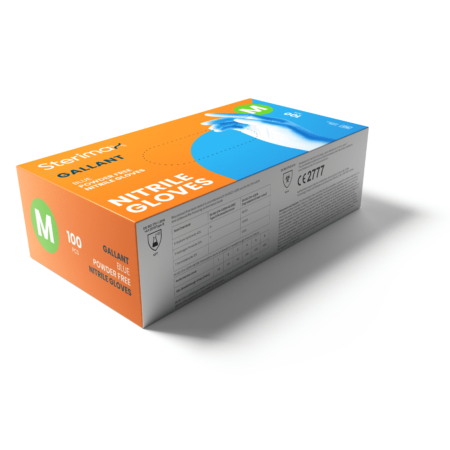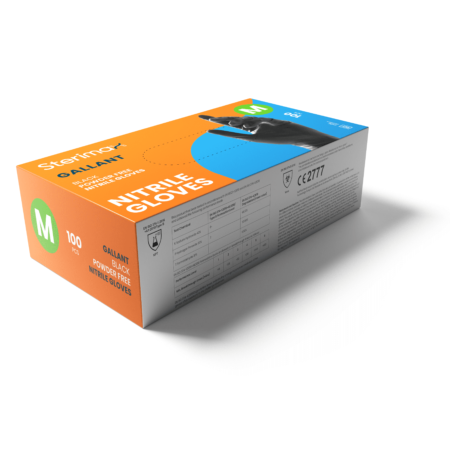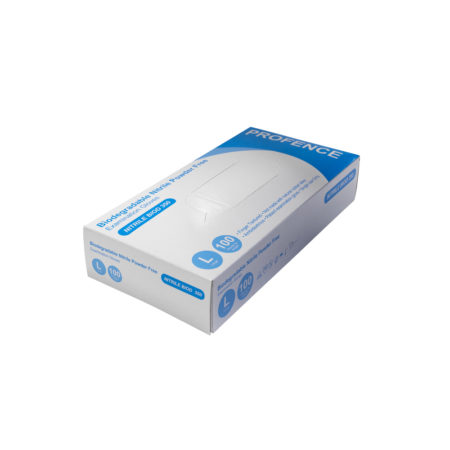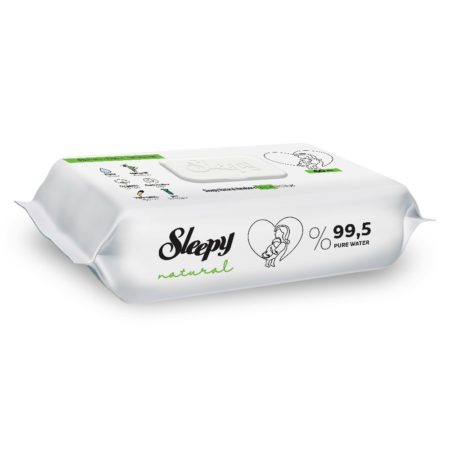Nitrile hand gloves are thin, disposable gloves worn to protect hands in sterilised environments and facilities where chemicals are handled.
Nitrile is synthetic, made more durable than latex, with resistance to oil, fuel, and other chemicals while being hypoallergenic.
What are nitrile gloves made from?
Nitrile isn’t a product. It’s a material, a synthetic copolymer rubber formed through acrylonitrile and butadiene combining.
Nitrile was developed way back in 1931 at BASF and Bayer. Commercial production commenced in 1935, and nitrile’s desirable characteristics meant it rapidly replaced natural rubber in commercial and military applications.
What are nitrile gloves used for?
Nitrile gloves are widely used in scientific, care and medicine environments, preferred over latex gloves because of their hypoallergenic qualities.
Nitrile gloves are also widely used in production, manufacturing and industry, preferred over latex because they are stronger. Nitrile is also resistant to chemicals, oils, fuels, greases and other caustic substances that degrade rubber.
Nitrile glove attributes include:
- Resistance to weak acids
- Resistance to oils and fuels
- Strong
- Abrasion resistance
- Puncture resistance
- Latex-free
- Fully recyclable
- Suitable for sterile environments
What do nitrile gloves protect against?
Nitrile gloves are thicker and stronger than latex gloves, so they offer better protection against abrasion and cutting. Nitrile is also less prone to snagging, making it a better choice in applications where people work in tight spaces.
However, the biggest appeal of nitrile gloves is their chemical resistance. Disposable gloves are judged based on three metrics:
- Breakthrough time: The time it takes a substance to be detected inside the glove.
- Degradation: The physical changes in the composition of the glove.
- Permeation rate: The rate at which the substance passes through the glove following breakthrough.
Nitrile is an extensively tested material, resistant to oils, fuels, organic solvents, weak acids, and caustics. It offers short-term protection from mineral spirits, octane, octanol, naphtha, pentane, hexane and cyclohexane.
However, nitrile does have limitations. It has poor resistance to acetone, benzene, methanol, alcohols, ketones, esters, ethers, amines and concentrated acids. For these, you need to use thick chemical protection gloves.
Are there are downsides to nitrile gloves?
Nitrile gloves are thicker and less flexible than latex gloves, giving you slightly less range of motion in return for greater durability. Also, nitrile gloves are more expensive, although the cost is a mute concern for safety.
When NOT to use nitrile gloves
You shouldn’t use nitrile gloves or any other thin, disposable gloves when handling concentrated acids, caustics and chemicals. There are specialised gloves for handling certain acids like sulphuric acid and other chemicals.
What is special about Nitrile gloves?
Nitrile gloves are suitable for a wider range of applications than any other type of thin disposable glove. A surgeon and a mechanic could pull a pair from the same box and have complete confidence in the gloves to protect their hands.
Overall, nitrile gloves are a stronger and more durable glove than latex, and they can replace latex in most applications. A box of both wouldn’t go amiss, although most people should just stick to nitrile.



















